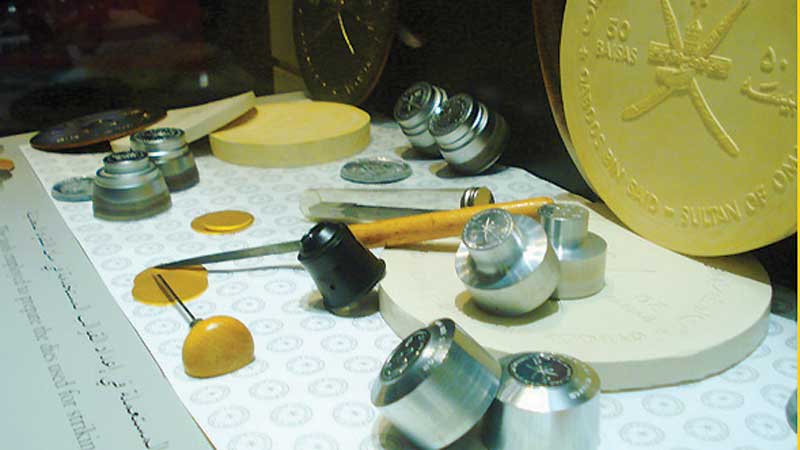

The best way to know about a country is to go through the history of coins. The Currency Museum at the Central Bank of Oman takes you to explore the world and it also hints at the world rivalries – all through the coins.
According to the exhibit at CBO, one of the first areas of the Islamic world to be occupied by the west were the harbours of Muscat and Hormuz, “which were held by Portuguese during most of the 16th and the first half of the 17th centuries M.”
The interiors of Oman, meanwhile experienced none of these and remained largely undisturbed. The major feature of that era for expansion and exploration was sea routes and this also became the reason for the clashes.
The exhibition interestingly points out how all of them brought coins with them in times of both war and peace.
The showcases at the Currency Museum introduce us to two denominations that came to dominate the world trading system – the gold Venetian ducat or Islamic ashrafi weighing about 3.45 grams and the Spanish 8 reales or silver Thaler weighing about 28.00 grams.
Coins used to come in different shapes too – they were not always circular; for example, a coin from the Mughal era. On display in the showcase at the Currency Museum is a square gold coin. There is yet another coin which, looks like a clip. The Chinese coins have a hole in the middle of the coin and the ones on display at the museum were found at Al Baleed, Dhofar.
The curator of the museum, Ibrahim al Fadheli, explained further, “The object that looks like a pin or a clip is also a coin made of silver. There are three of them here – one of them is from Iran, the other is from India and the third is from Saudi Arabia. These coins were circulated in Oman too. The square gold coin is from Mughal Period in India – during emperor Akbar’s time. The coin with a square hole in the middle is a Chinese coin from the 11th century. The Chinese traders had come to Salalah for trade in the past.”
Lakshmi Kothaneth
@lakshmioman
Oman Observer is now on the WhatsApp channel. Click here



